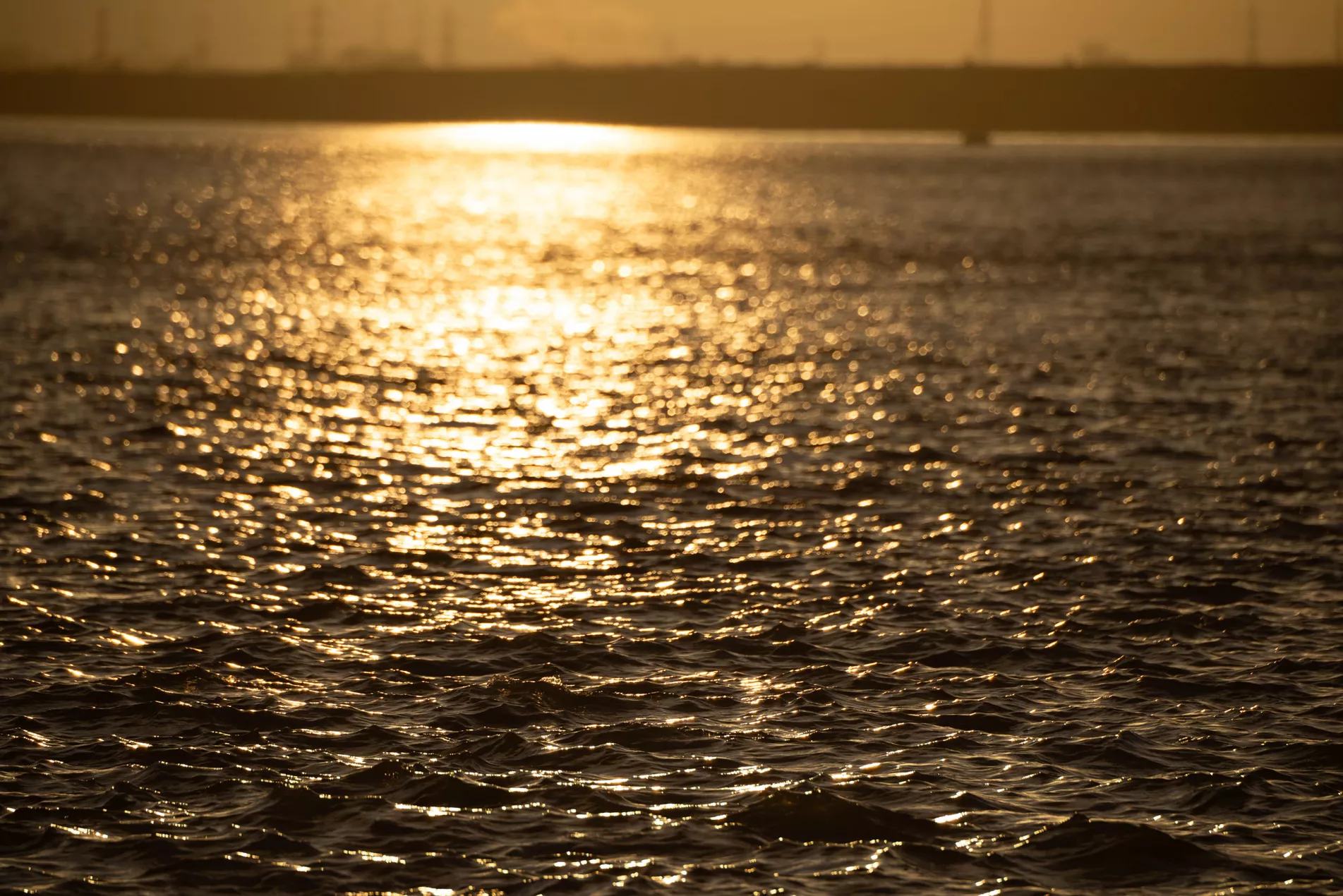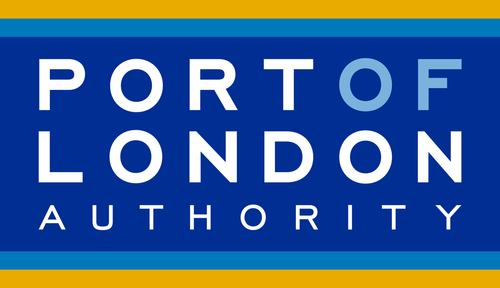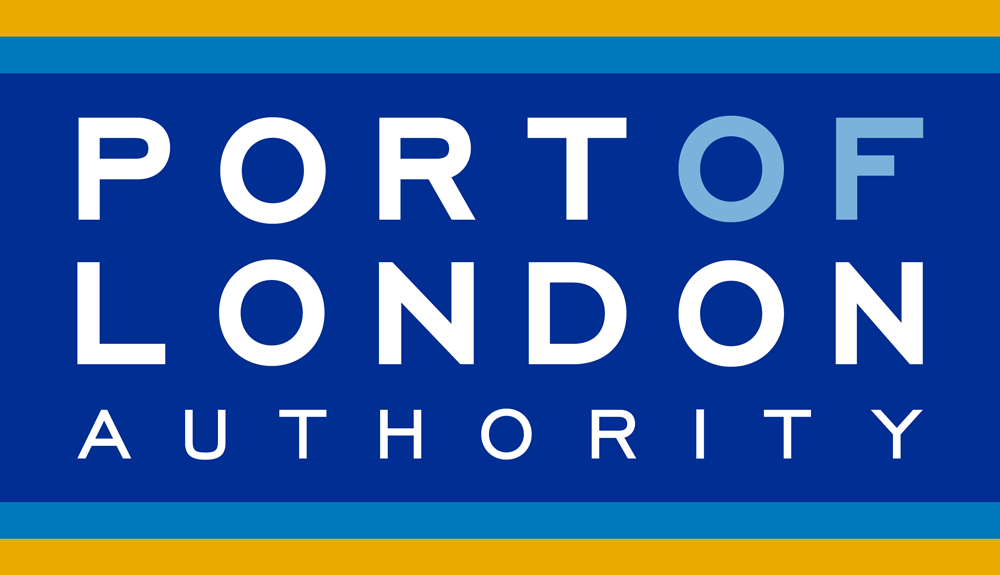Live Tides
NOTICES TO MARINERS
Charts & Surveys
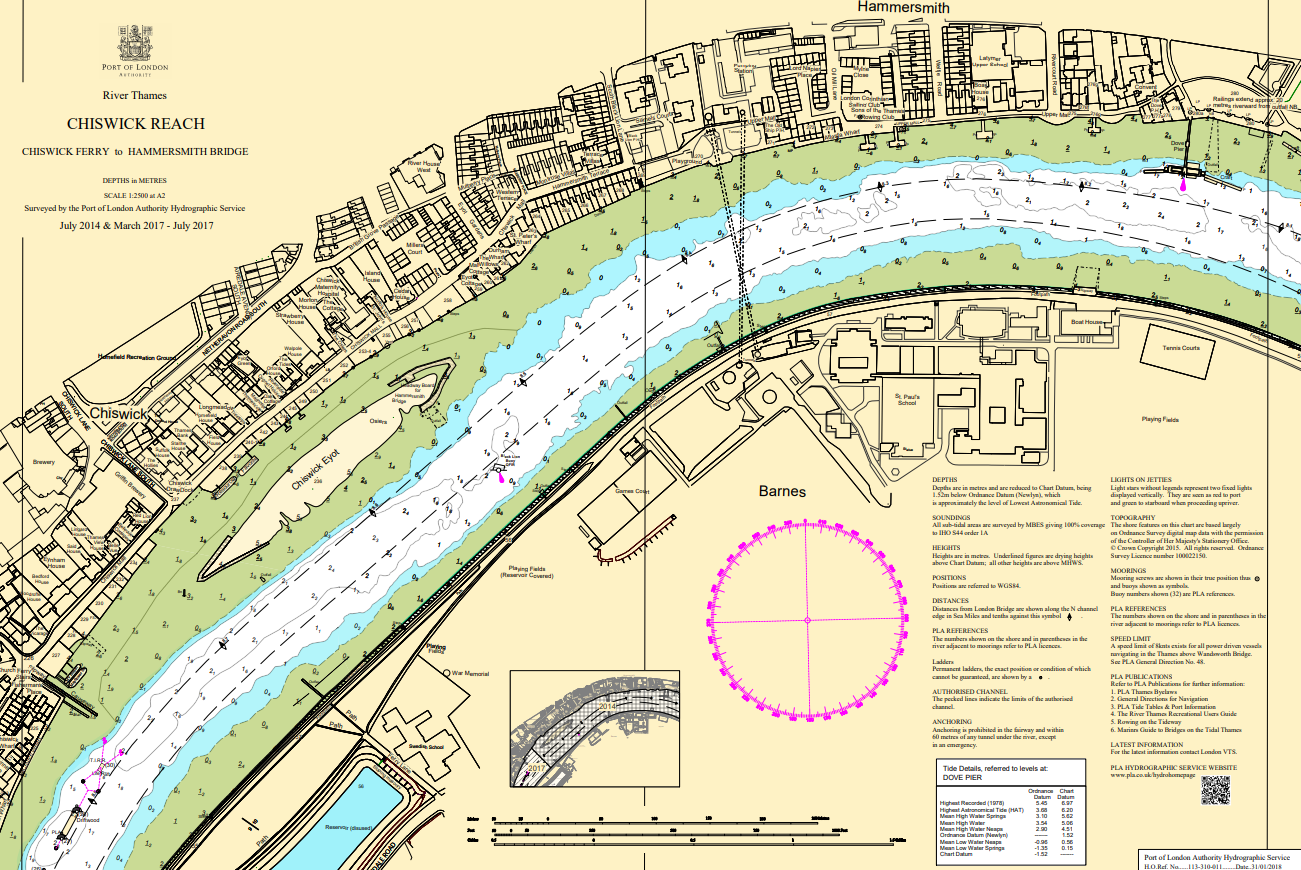
Incident reporting
Life-threatening emergencies on the river:
Call 999 and ask for the Coastguard
For near miss, safety observations and incident reporting click below
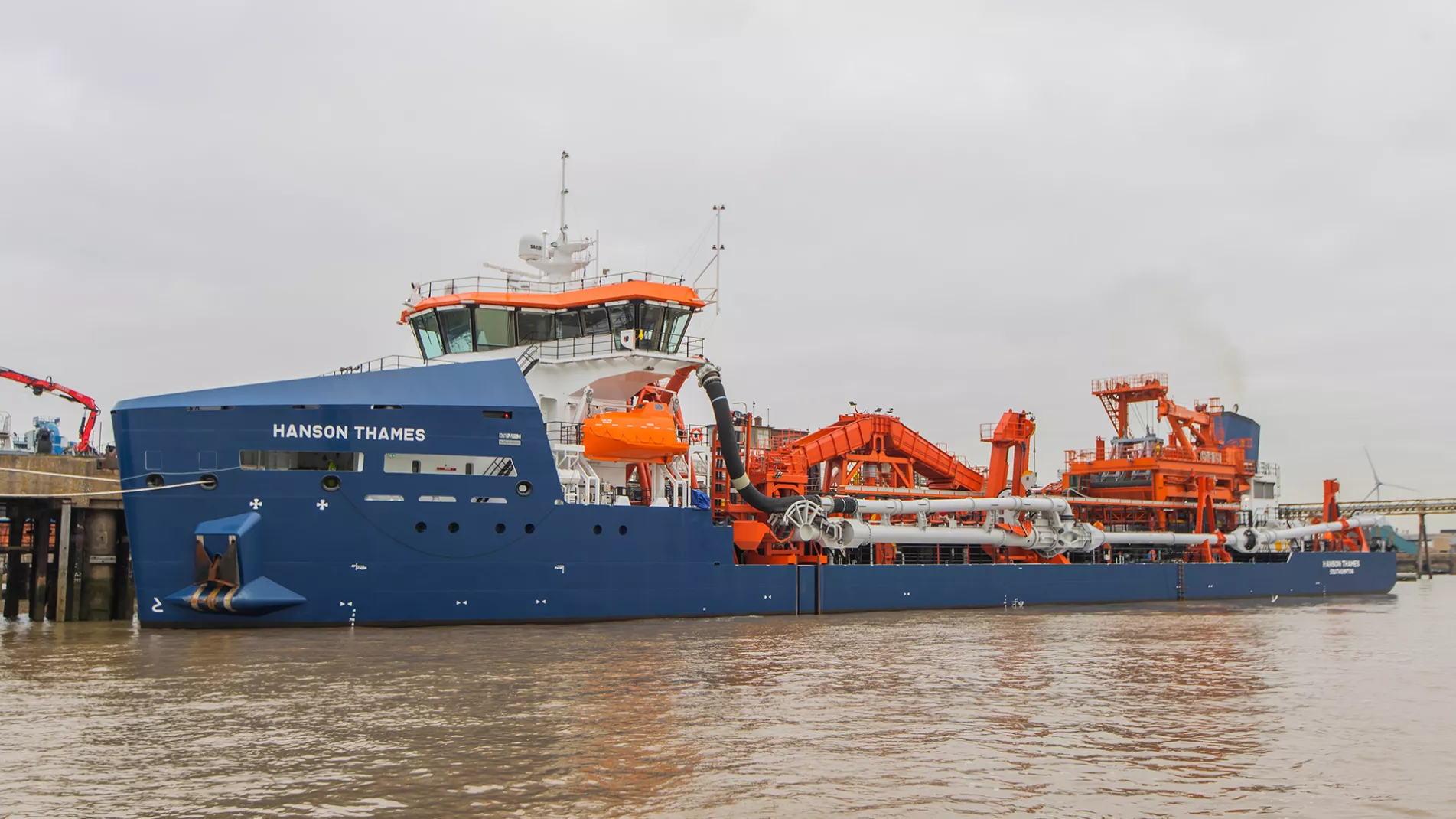
Licensing & permits
Our Licensing team is responsible for ensuring that all developments in and above the river and inland waterways vessels operating commercially on the tidal Thames are appropriately licensed in accordance with the relevant sections of the Port of London Act 1968 (as amended).
The team is also responsible for answering and consenting a range of non-statutory enquires and functions.
If you are in any doubt as to what type of licence you need, email the Licensing team for guidance.
River works licences
This licence is required when new works are proposed (for example a new pier) or where it is proposed to vary existing works (for example to increase the number of piles or to vary the use of the works).
Where existing works in the river are sold for example, in conjunction with the sale of a riverside property, the new owner must apply for a River Works Licence to retain the works.
A demolition licence is required where it is proposed to demolish works either in part or in full.
A dredging licence is required for any works involving cleansing, scouring, deepening, widening the bed and banks of the Thames.
Works of a temporary nature require a licence unless they are non intrusive, in which case the written consent of the PLA is required.
This licence is required where it is proposed to permanently embank land, for example where a new river wall is proposed.
Vessels
All commercially operating vessels operating within the Port of London limits are required to hold a licence.
Inspections are undertaken by two qualified Marine Surveyors, who work closely with owners and operators to ensure that the required safety, technical and competency standards are met.
Other enquiries
Where information is required about river works, a property related search can be requested by filling in a questionnaire.
Our River Works Enforcement Officers investigate, undertake compliance and enforcement actions.
Anyone searching the tidal Thames foreshore from Teddington to the Thames Barrier must hold a current foreshore permit.
For end of garden and houseboat moorings.
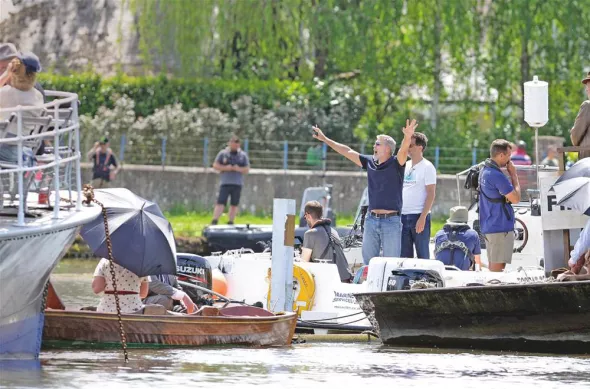
Filming, photography and events on the tidal Thames
Frequently asked
Email any enquiries to [email protected]. The Licensing team will aim to respond to your enquiry within five business days.
Applications must be submitted electronically using the link below:
The information required to support your application will vary depending on the type of application. The application specific requirements can be found by clicking on the relevant link on this page.
A fee to process all types of applications is payable. The fees are set out in the current PLA Charges booklet.
There is also a consideration and surveyor fee payable for all river works licences which is dealt with by the Estates team. NB: The Estates department should only be contacted once you have received written confirmation that the scheme has been approved by the licensing committee.
A case officer will be allocated who will check that your application includes all the information that we need to process it. We will contact you to advise you if your application has been accepted as valid or, if further information is required in order to validate your application.
Please note that the case officer will be unable to process your application until a valid application has been made.
Consultation will be undertaken internally and externally where required with further information / clarification being sought as required from the applicant.
In some cases, the applicant will be required to display a site notice close to the application site.
In most cases a decision will be made on an application by the Director or Deputy Director of Planning and Development. For cases that are more complex in nature and warrant scrutiny by the licensing committee, the application will be presented to and a decision made by the licensing committee.
The PLA aims to process applications within three months of receiving a valid application. The only exceptions to this are temporary applications and letters of consent which the PLA aims to process within one month. The PLA will aim to process vessel licences within 10 days.
An application will only be valid upon receipt of all of the required documentation.
If your application is refused an appeal can be made to the Department for Transport. Similar rights of appeal apply against the revocation of licences or variations of such licences by the PLA. Contact the Licensing team for more details.
There is no third party right of appeal against the grant of a licence.
In addition to a licence from the PLA, consents from other statutory bodies may be required. These consents may include:
- Environment Agency (EA) consent
- Planning Permission from the relevant local authority
- A marine licence from the Marine Management Organisation (MMO)
- Where the foreshore is not owned by the PLA, consent may be required from the Crown Estate
If your licence expressly permits the maintenance of works then a licence will not be required for refurbishment/repair works provided they are like for like and can be fully undertaken within the footprint of the works. If it is not possible to refurbish/repair your works from within the footprint of the existing works and for example scaffolding is required, then a temporary consent will be required from the PLA.
To confirm whether your maintenance works require a temporary consent, please provide a method statement, risk assessment and location plan to [email protected].
Detailed guidance on scaled drawings to be submitted as part of a licence application can be found on this page.
The PLA strongly recommends that riparian life saving equipment -- such as grab chains -- is provided at all sites. Further guidance can be found on our water safety page.
If you have a general enquiry about Licensing please contact:
Email: [email protected]
Discover
